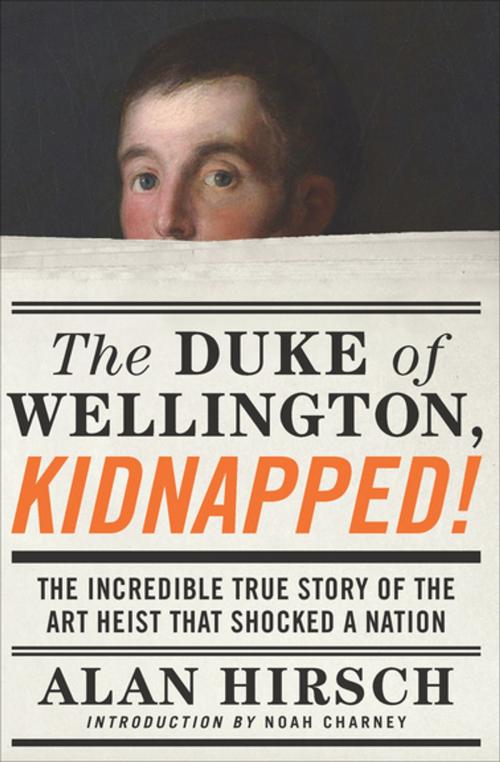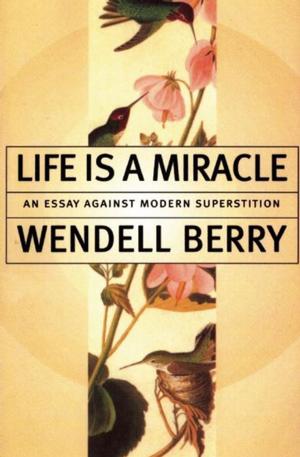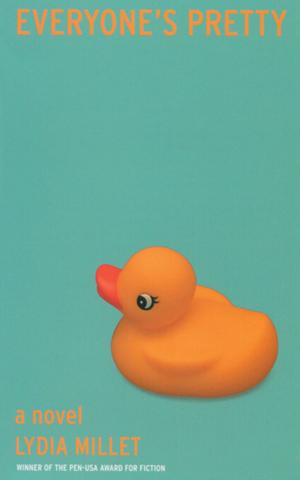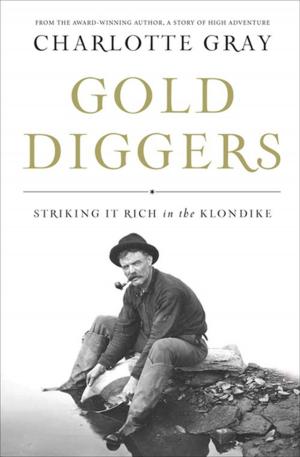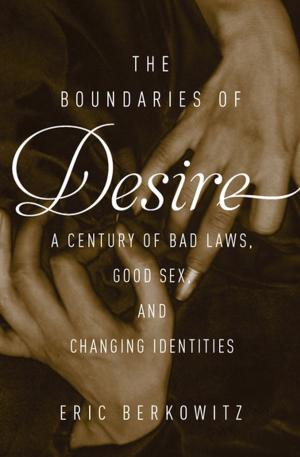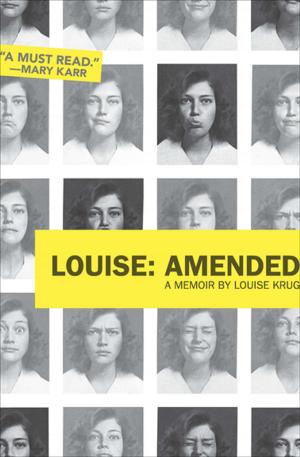The Duke of Wellington, Kidnapped!
The Incredible True Story of the Art Heist That Shocked a Nation
Nonfiction, Art & Architecture, Art History, Social & Cultural Studies, True Crime| Author: | Alan Hirsch | ISBN: | 9781619027718 |
| Publisher: | Counterpoint Press | Publication: | March 21, 2016 |
| Imprint: | Counterpoint | Language: | English |
| Author: | Alan Hirsch |
| ISBN: | 9781619027718 |
| Publisher: | Counterpoint Press |
| Publication: | March 21, 2016 |
| Imprint: | Counterpoint |
| Language: | English |
One of art history’s most notorious crimes is solved in this true caper that reads “like a finely tuned suspense thriller” (Publishers Weekly).
In 1961, a thief broke into London’s National Gallery and committed the most sensational art heist in British history by stealing the museum’s prized painting, Francisco Goya’s The Duke of Wellington. Despite international attention and a tireless investigation, the case remained unsolved for four years—until an elderly gentleman named Kempton Bunton confessed to the crime.
Shortly after turning himself in, Bunton invoked an obscure law to maintain his innocence. He maintained that stealing the painting wasn’t a crime because he intended to return it—an improbable defense strategy that led to a bizarre courtroom drama and an extraordinary verdict.
Over fifty years later, author Alan Hirsch delves into the facts of the case via court documents, National Gallery archives, previously unseen materials, and interviews with people involved in the theft and trial. Here, in this “intriguing addition to the annals of modern art history” Hirsh reveals shocking new evidence and solves the infamous crime that riveted a nation (Booklist).
One of art history’s most notorious crimes is solved in this true caper that reads “like a finely tuned suspense thriller” (Publishers Weekly).
In 1961, a thief broke into London’s National Gallery and committed the most sensational art heist in British history by stealing the museum’s prized painting, Francisco Goya’s The Duke of Wellington. Despite international attention and a tireless investigation, the case remained unsolved for four years—until an elderly gentleman named Kempton Bunton confessed to the crime.
Shortly after turning himself in, Bunton invoked an obscure law to maintain his innocence. He maintained that stealing the painting wasn’t a crime because he intended to return it—an improbable defense strategy that led to a bizarre courtroom drama and an extraordinary verdict.
Over fifty years later, author Alan Hirsch delves into the facts of the case via court documents, National Gallery archives, previously unseen materials, and interviews with people involved in the theft and trial. Here, in this “intriguing addition to the annals of modern art history” Hirsh reveals shocking new evidence and solves the infamous crime that riveted a nation (Booklist).
